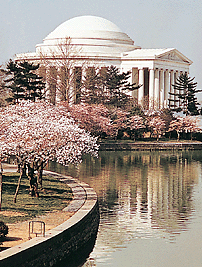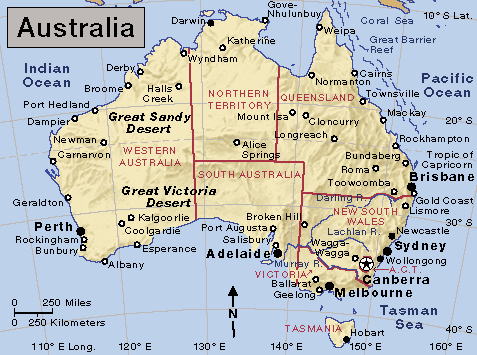Northeast Devastated by “Frankenstorm”
Tuesday, October 30th, 2012October 30, 2012
Some 6 million people remain without electric power on the East Coast of the United States in the aftermath of Hurricane Sandy. The storm, reclassified as a post-tropical cyclone, made landfall at 6:45 p.m. last night near the New Jersey resort of Atlantic City, where a storm surge flooded much of the city and tore up parts of the famed boardwalk. New Jersey Governor Chris Christie described the damage to the “devastated” Jersey Shore as “incalculable,” and President Barack Obama declared a federal disaster area in eight New Jersey counties as well as in New York City and Long Island.

Hurricanes can cause massive damage from strong winds, flooding, mudslides, and a rapid rise in sea level called a storm surge. (AP/Wide World)
In New York City, the storm flooded seven subway tunnels under the East River in what the chairman of the Metropolitan Transportation Authority characterized as the single most destructive disaster in the 108-year history of the subway system. The Brooklyn-Battery Tunnel is also filled with sea water from “end-to-end.”
At least 33 people died in the storm, which toppled trees and sparked numerous fires. Driven by the hurricane-force winds, one fire burned at least 80 houses in the New York City borough of Queens. In Manhattan, flooding topped the sea wall in the financial district and triggered an explosion in a Consolidated Edison generating plant, cutting electric power to much of the island below mid-town.
As Sandy moved inland, it collided with two other weather systems, including a burst of cold air sweeping down through the Canadian Plains. The combined storm brought high winds, freezing rains, and heavy snows to parts of West Virginia. In Pennsylvania, it caused power outages and flooding and forced numerous closures of roads, schools, and businesses.
Sandy’s strong winds also spawned dangerous conditions on the Great Lakes. In Chicago, emergency management officials warned that winds up to 60 miles (100 kilometers) per hour could send waves as high as 25 feet (8 meters) crashing along the shoreline of Lake Michigan. In Cleveland and other areas of northeastern Ohio, an estimated 250,000 people are without power amid heavy rains, high winds, flooding, and icy roads. The National Weather Service reports wind gusts of 60 to 70 miles (100 to 112 kilometers) per hour along the shoreline of Lake Huron near Port Huron, north of Detroit.
Additional World Book articles:
- Federal Emergency Management Agency (FEMA)
- The Forecast: Better Weather Prediction Ahead (a special report)
- How the Ocean Affects Climate (a special report)




